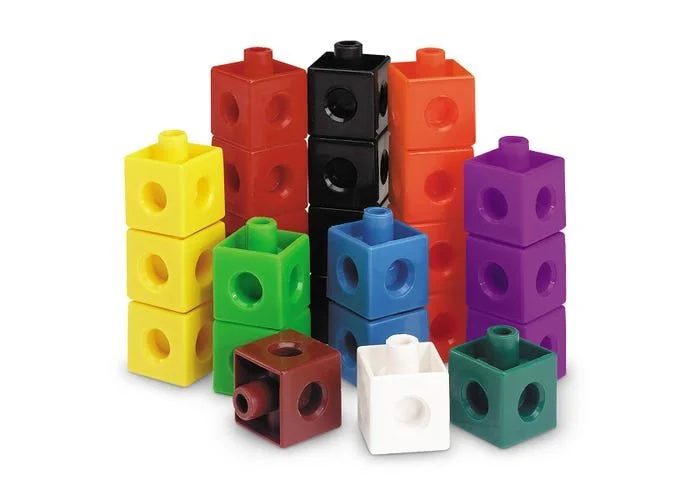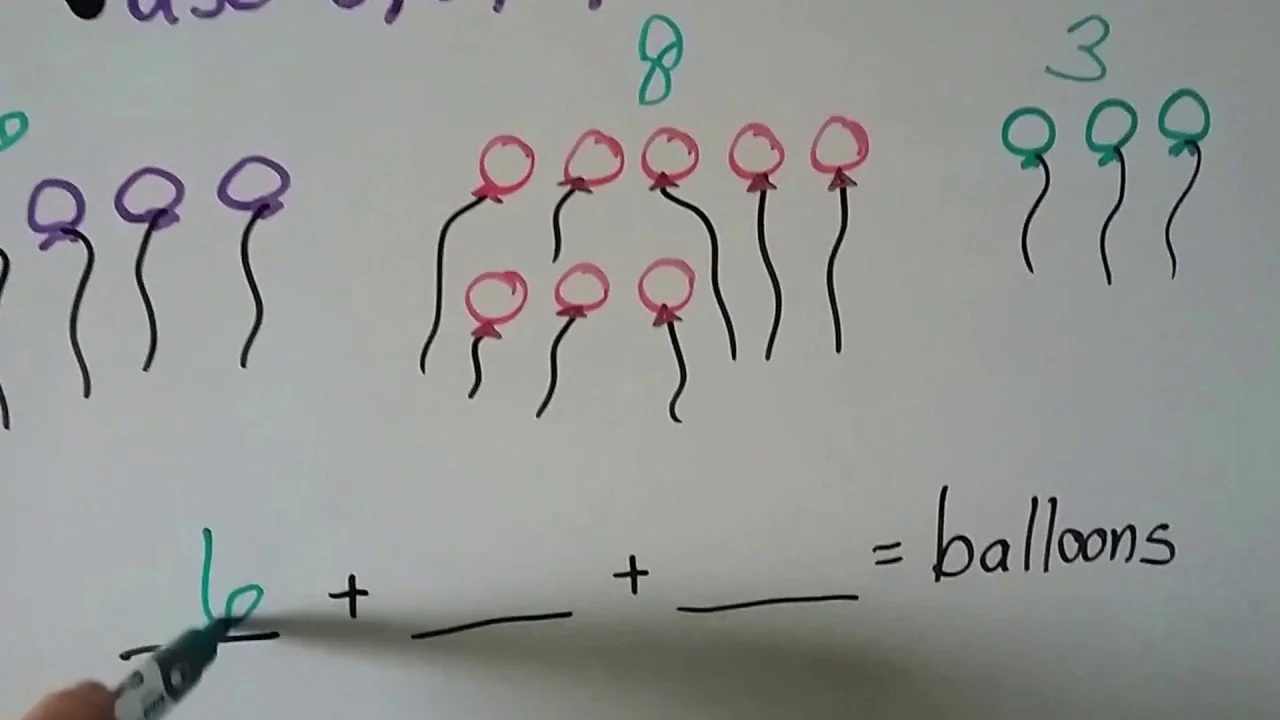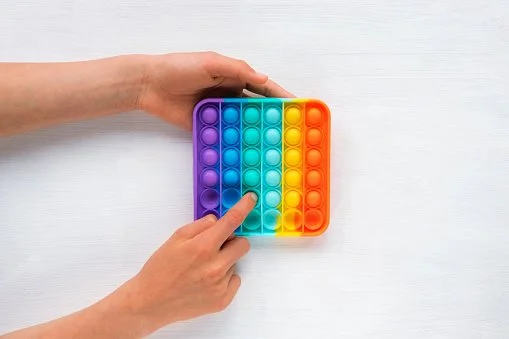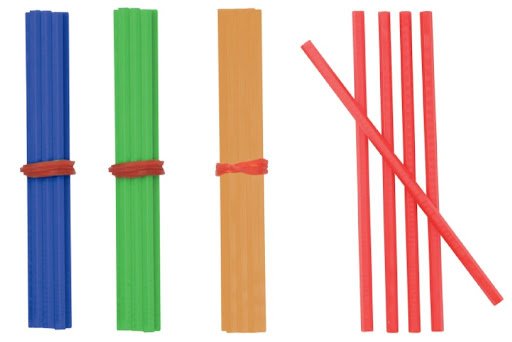Multisensory teaching for dyscalculia and maths difficulties
Multisensory teaching can help children who have difficulty with maths and/or dyscalculia. Using all of the senses when learning what numbers and symbols represent can help children to remember and use this new information. Read on for different methods to try. Click here to read more about multisensory techniques to support reading and spelling.
Building with cubes and tiles
Cubes and tiles give children a solid, visual idea of the figures they are working with. You can also use these to teach operations such as stacking cubes in groups according to a pattern, for example, 3, 6, 9, 12 - the child can then continue building. When the patterns is complete, you can use the visual of the cubes to discuss the connections between the stacks and the numbers they represent.
Using manipulatives to understand maths operations
Using simple dried pantry items like cereal or dried beans, the child can complete maths operations using these as objects which they can manipulate. For example, they could add two sets of beans together to solve an addition question, or find out how much is left after taking away some beans. Grouping the objects together can also give helpful visuals when completing multiplication and division. Physically manipulating objects can help children develop number sense and understand amounts.
Drawing to support maths
The next step, after using physical objects, would be to encourage the child to draw maths equations - this again gives them a visual of what they are doing, and is moving in the direction of using numbers and symbols to write down equations. For example, a child could solve the problem 2x4 by drawing two lots of four stars. Children can also colour in squares on squared paper and then visualise and count these up at the end.
Tapping and using poppits for numbers
Tapping out or pushing down poppit bubbles for numbers can help children connect symbols to actual amounts, and “feel” the value. This is especially useful for working with multiples. For example, if a child had to list multiples of 4, they would begin by tapping sets of 4, counting as they go. Every fourth number gets a louder tap and is written down (“1, 2, 3, 4! 5, 6, 7, 8! 9, 10, 11, 12!”). On completion, the child will have a list which they can use to answer multiplication and division problems.
Using music to support maths
There are many ways to connect math and music. Children can use songs to help memorise math rules and there are many songs already created like this on youtube. Playing musical notes can help children to learn grouping or fractional parts. You can play one note on a keyboard and hold it for a count of four. This is the “whole note.” Next, you can ask, “How many quarter notes make a whole note?” This discussion can then be linked to the writing down of fractions.
Movement to support maths
Using movement is both engaging and can help children retain what they have learnt. A child could demonstrate angles by rotating their body while standing in a hula-hoop. A nice game is to write numbers on the outside of a large ball (these could be whole numbers, fractions, or decimals.) Pass the ball around and each time someone catches it, they have to complete a maths operation with the two numbers their hands land on.
Bundling sticks for place value and regrouping
One way to introduce kids to regrouping and place value is to have them bundle lollipop sticks together in groups of 10. For example, the child could be asked to solve 45 – 9 using sticks. By collecting 4 bundles of ten and 5 single (or “ones”) sticks, they can see how each place in the number 45 holds value. Then, to subtract 9, they need to break apart one of the bundles to make 15 individual sticks. After taking 9 out, this leaves 3 bundles and 6 sticks remaining, or 36.
Building with base 10 blocks
These blocks come in different sizes that represent 1000s (a “cube”), 100s (a “flat”), 10s (a “long”), and 1s (a “unit”). Children can form numbers with them to identify place value. They can also use them to perform operations, show regrouping, and find patterns. For example, the child could be asked to “build” the number 265 using the blocks. Kids need to select two 100-blocks, six 10-blocks, and five 1-blocks. Then ask, “Which digit has the greatest value: 2, 6 or 5?
Creating a hundreds chart
A hundreds chart can help children who struggle to see number relationships. A child can be given a black-and-white 100s grid. (A grid is a large square broken into 100 smaller square units). The child can be asked to shade in 1/4 of the whole grid, and then be asked to find the number of square units they coloured in . The connection is that 1/4 is the same as 25 out of 100, or 25 percent.
Pizza slices for fractions
Cutting a pizza into slices is a useful way to help teach fractions. You can make several pizzas out of paper, then cut them into slices of different sizes. This way, children can “see” fractions like 1/8 or 1/4 by selecting slices of pizza. Using different colours for different size slices lets kids match equivalent fractions like 2/8 and 1/4. Kids can also combine slices to make a “whole” pizza.







